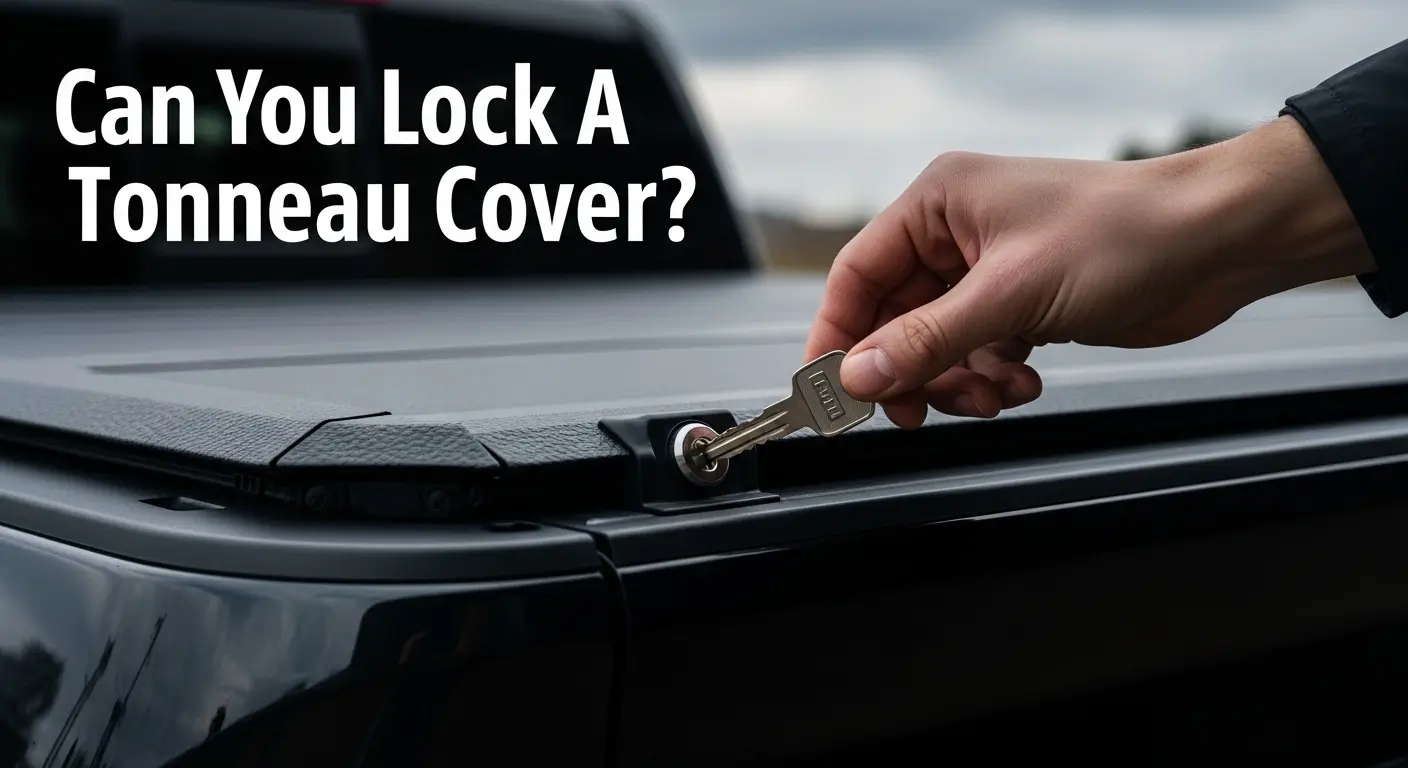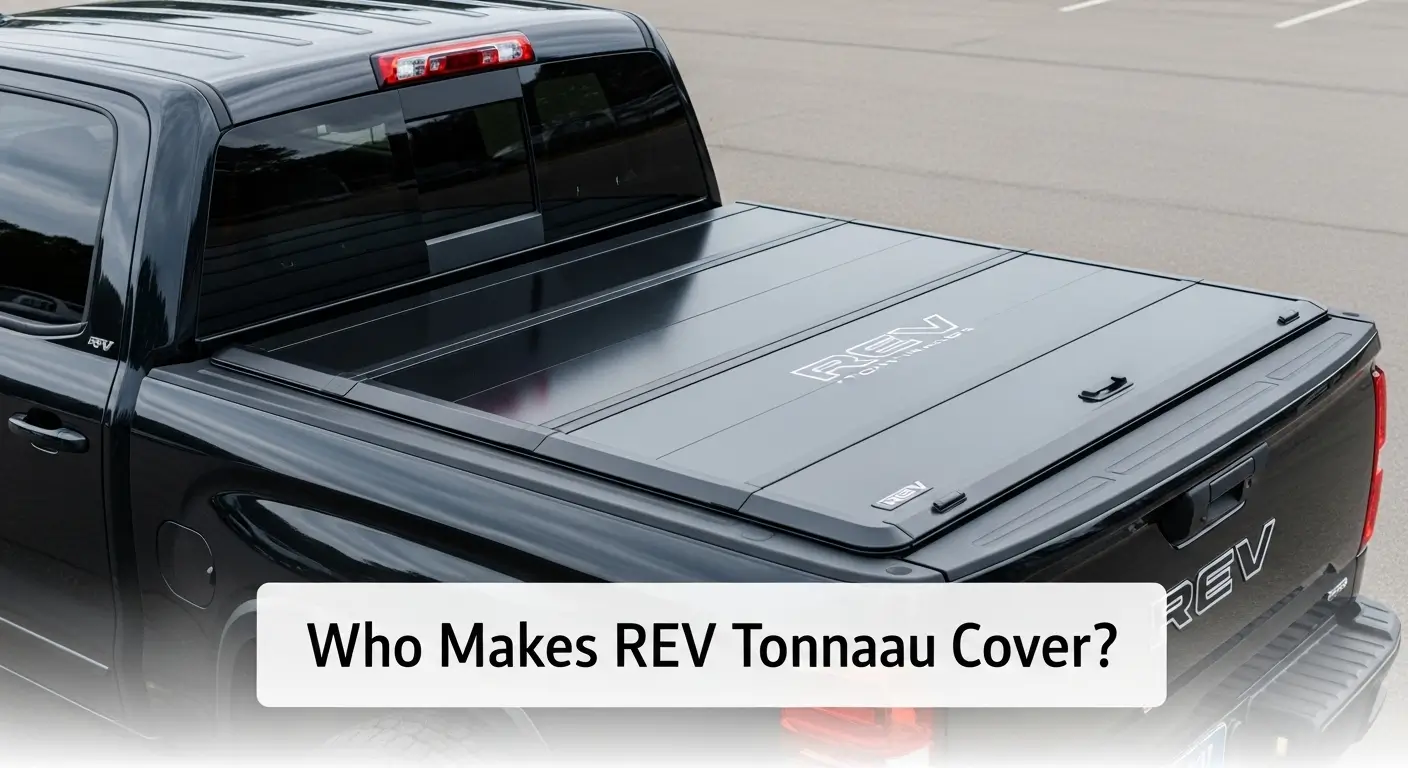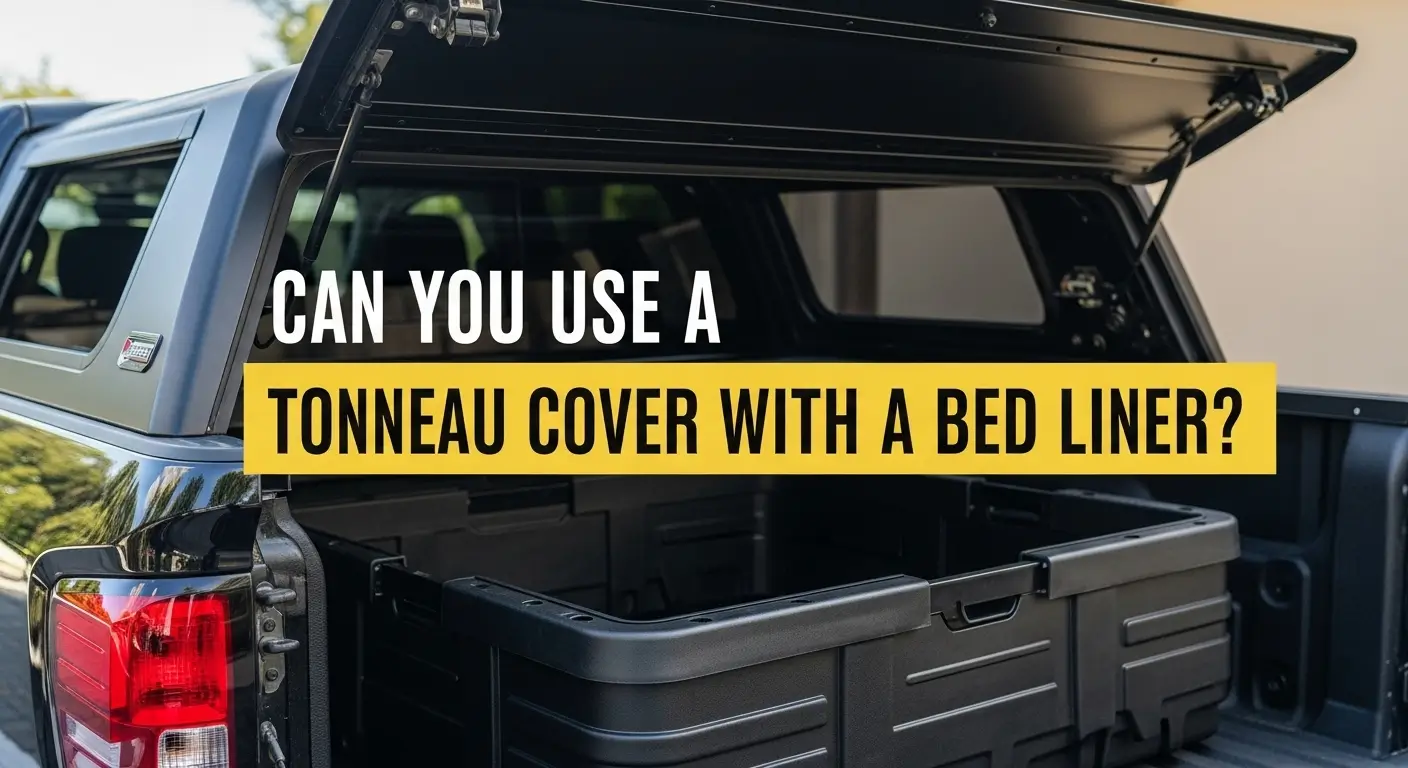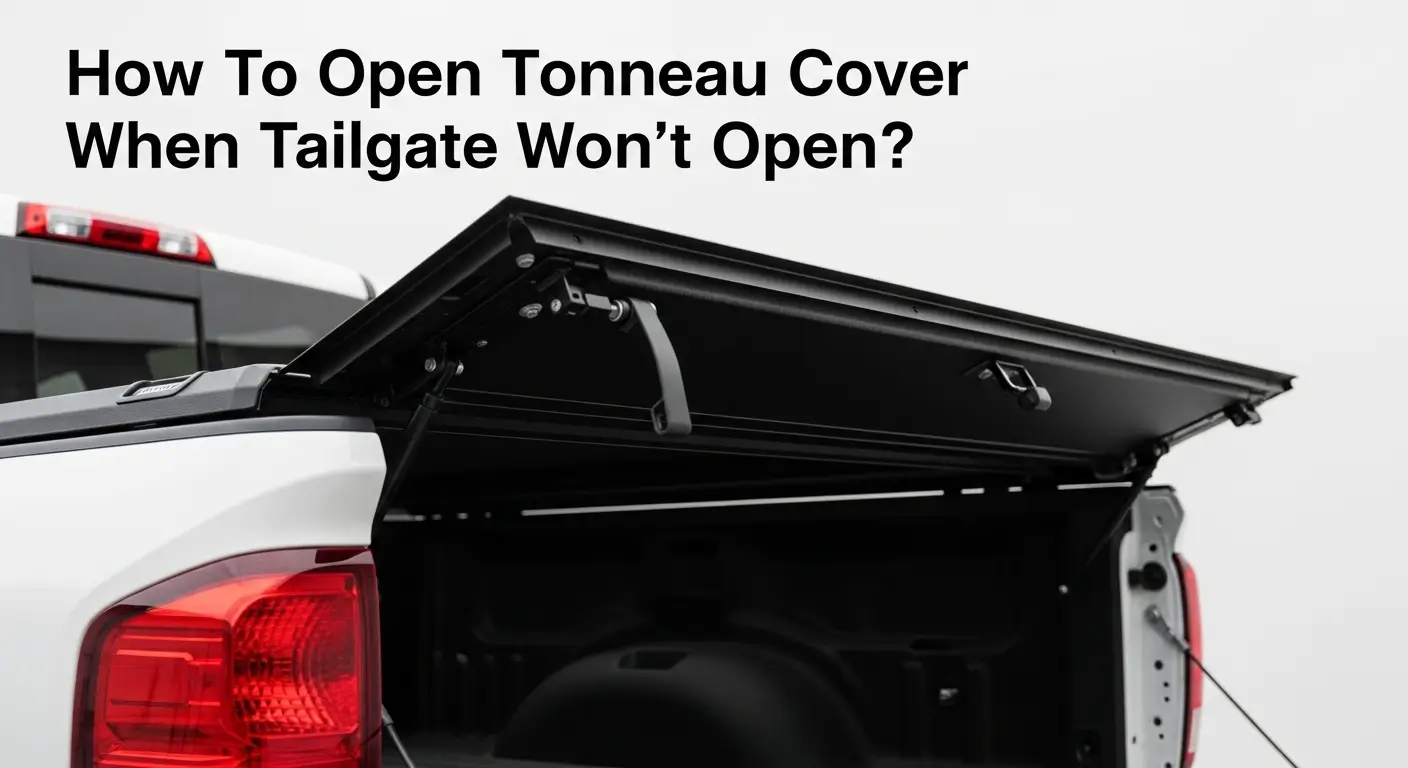Truck owners often wonder if a worn-out Velcro strip means a new tonneau cover is the only solution.
Table of Contents
Is the velcro replaceable or do I need a whole new bed?
In this guide we’ll explain why and when to replace your tonneau cover’s Velcro, what tools and materials you need, and step-by-step how to do it.
You’ll also get tips from experts and truck owners, alternative options if Velcro isn’t working for you, and common pitfalls to avoid. Let’s get started!
Why Replace the Velcro on Your Tonneau Cover?
Over time, the Velcro (hook-and-loop) fasteners on a tonneau cover can wear out, reducing the cover’s ability to stay tight against the truck bed. Here are some common reasons to replace those strips:
- Wear and Tear: The tiny hooks or loops can lose their “grip” after years of rolling up and down, especially on popular soft covers like Truxedo, Access, Extang, or Lund brands.
- Adhesive Failure: Many covers use adhesive-backed Velcro on the bed rails. Heat, cold, sun exposure or moisture can weaken the adhesive, causing strips to peel off.
- Dirt and Debris: Dust, dirt, and road grime can get lodged in Velcro, making it less sticky. Sometimes a good cleaning helps, but often replacing the strip is the simpler fix.
- Damage: Pets, tools, or heavy cargo can snag and tear the loop side of the Velcro attached to the cover, requiring a new strip.
- Cost Savings: A new tonneau cover can cost $300-$1000+, whereas a replacement Velcro strip kit often costs under $50. Swapping out the Velcro can buy years more life for your existing cover at a tiny fraction of the cost.
Tip: Many leading brands offer replacement Velcro kits. For example, Truxedo’s Shur-Bond hook-and-loop fasteners and Access’s adhesive Velcro strips are sold separately. A quick swap can make an old cover seal like new.
Replacing the Velcro not only saves money but is also a sustainable choice. Instead of throwing away a perfectly good cover, you’re giving it a new lease on life. Plus, it’s typically an easy DIY project for anyone with basic tools.
Tools and Materials You’ll Need
Before diving in, assemble the right tools and parts. Having everything on hand will make the job go smoothly. You’ll generally need:
- Replacement Velcro Strips: Use heavy-duty, outdoor-rated hook-and-loop tape (generic or brand-specific like TruXedo or Access). Measure bed rails for correct length.
- Cleaning Supplies: Rubbing alcohol or adhesive remover, cloths, and scraper or knife for old adhesive.
- Pop Rivets & Rivet Gun (if needed): Use 3/32″-1/8″ rivets to secure strips if adhesive isn’t enough.
- Drill: For removing or adding rivets (use 1/8″ bit).
- Scissors/Utility Knife: Cut and trim Velcro to size.
- Measuring Tape: Measure rails and Velcro width; confirm hook vs loop sides.
- Marker/Chalk: Mark cut or drill points.
- Optional Adhesives: 3M mounting tape or strong fabric glue (e.g. E6000) for extra hold.
Step-by-Step Guide to Replacing Tonneau Cover Velcro
Follow these steps carefully to replace the Velcro on your tonneau cover rails. (If your cover has Velcro sewn onto the cover itself, skip to the note below on sewn-on strips.)
Step 1: Remove the Old Velcro
Step 2: Clean and Prep the Rails
Step 3: Measure and Cut New Velcro:
Step 4: Attach the New Velcro Strip
Here is a video guide to replace Velcro::::
Secure with Rivets or Screws (Optional but Recommended)
Even if you used adhesive, adding a rivet at each end of the strip anchors it permanently. Align the strip ends and mark rivet hole locations. Drill through the Velcro and the rail (if the rail metal was pre-drilled, line up the holes).
Then insert a pop rivet and clinch it with the gun. This prevents peeling under extreme conditions. If you don’t have a rivet gun, a small sheet metal screw could work (though it’s less waterproof).
Trim Excess and Test
If any Velcro overhangs or is too long, trim it flush. Make sure the cover can roll or fold properly and that the edges seal tight against the new strip. Close the cover and inspect the seal – there should be no gaps. If you notice lifting, press the strip firmly again or add another rivet.
Repeat for the Other Side
Do the same process for the driver’s and passenger’s side rails (or all sides if your cover has Velcro on the tailgate edge too).
Tip: If you installed adhesive Velcro, avoid exposing it to moisture or letting it get wet for 24 hours to cure fully. Also, aligning the new strip perfectly is key – measure twice before sticking!
Best Practices and Expert Tips
Choose Heavy-Duty Velcro: Not all hook-and-loop tapes are equal. Use a professional-grade, outdoor Velcro (often labeled “industrial strength” or “marine grade”). This ensures it withstands sun, rain, and temperature swings.
Match the Original: Some covers use proprietary Velcro (like TruXedo’s Shur-Bond® brand). If you can, buy a replacement strip from the same brand for an exact fit and look. Otherwise, a generic adhesive-backed strip (about 1 to 1.25 inches wide) usually works.
Prep with Alcohol: Wipe the rail down with isopropyl alcohol before applying a new strip. This small step helps the adhesive bond much better.
Use Additional Adhesive if Needed: For extra security, apply 3M VHB tape or a thin bead of urethane sealant beneath the Velcro strip before installation. This creates a weatherproof secondary bond.
Mind the Loops: If you had to remove the loop tape from the cover, you can either stitch on new loop tape or use fabric glue. A popular DIY trick is to use E6000 (industrial craft adhesive) to glue loop Velcro to fabric. It’s strong and flexible once cured. Keep the cover open flat for 24 hours while glue sets.
Avoid Stretching: Don’t stretch the strip when pressing it in place. Always attach Velcro in its natural (unstretched) length so it holds tightly without puckering.
Inspect Your Cover’s Type: Some tonneau covers (like hard folding covers or hard roll tops) might use snaps or other fasteners instead of Velcro. Check your manual – if your cover uses snaps, you’d replace the snaps, not Velcro. Our focus here is on soft roll-up or folding covers that use hook-and-loop.
Expert Note: Enthusiasts on truck forums often praise industrial-strength Velcro. One owner replaced his Access cover’s loop tape at a canvas shop and reports it “worked like new.” Another common tip is to apply an anti-squeak strip between the cover and Velcro to reduce noise.
When to Seek Professional Help or Alternatives
Replacing Velcro is usually DIY-friendly, but there are cases to consider alternatives:
- Sewn-on Loop Tape: If your cover’s loop side is sewn on (common with rolls that have a flap), replacing it is a sewing job. You may attempt to peel, glue, and clamp a new strip, but for best results, take it to a canvas or upholstery shop. They have the heavy-duty sewing machines to securely stitch new hook/loop tape.
- Damaged Cover: If the cover itself is cracked or heavily torn near the Velcro edge, replacing just the Velcro won’t fix it. You might then need a new cover or have the torn section repaired.
- Repeated Failure: If you replaced Velcro and it still peels off or fails, make sure the contact surface was cleaned well. If failures persist, consider a different fastening method (for example, some owners switch to snap-on rails or upgrade to a folding cover that uses clamps instead).
- Warranty/Upgrade: Check if your cover brand offers warranty or upgrade options. TruXedo, Extang, Access and others often sell OEM repair kits. In some cases a lifetime warranty even covers replacement parts.
Alternative Covers: Some drivers tired of Velcro have switched to snap tonneau covers (like Lund Genesis, BAKflip Snap, Retrax One-Touch) which use metal snaps or bed channel clamps.
Others go to tonneau ties or straps. These eliminate Velcro altogether but come with their own pros/cons (snaps can freeze in winter, straps can wear fabric). Evaluate based on your climate and usage.
Common Questions and Pitfalls
Q: My Velcro is stuck really good – should I just pull it off?
A: Slow and gentle. Forceful yanking might bend or scratch the rails. Peel the strip back on itself if possible. If rivets hold it, drill them out.
Q: The adhesive backing left goo on my rails. What now?
A: Scrape off as much as you can, then use rubbing alcohol or adhesive remover. Residue will weaken the new Velcro’s stick, so get it as clean as possible.
Q: Can I glue Velcro to the underside of the cover instead of sewing?
A: Yes, fabric glue (e.g. E6000) works in a pinch. Lay the cover flat and weigh down the new loop strip after gluing. Let it cure fully (often 24-48 hours) before rolling up. For ultimate strength, sewing is best if you have the tools.
Q: Will replacing Velcro prevent leaks?
A: Velcro itself isn’t waterproof, but a tight Velcro seal keeps the cover snug against the bed rails, which helps keep rain and dust out. For a fully sealed bed, ensure your cover’s other seals (like tailgate seal) are also in good shape.
Mistake to Avoid: Don’t skip cleaning. New Velcro on dirty rails won’t hold well. Also, make sure you attach the hook (rough) side to the bed rails and the loop (soft) side to the underside of the cover – reversing them would weaken grip.
Testing: After installation, test in different conditions. Roll the cover back and forth several times to ensure smooth operation. If it feels too tight or too loose, you may need to adjust the position or trim the strip.
Summary and Next Steps
Replacing the Velcro on your tonneau cover is a quick way to fix a loose, leaky, or worn-out cover without breaking the bank. By swapping the old hook-and-loop fasteners for new heavy-duty strips, you restore a secure, tight seal over your truck bed.
Doing this project yourself can save hundreds of dollars and keep your gear dry and secure. Whether your cover is an Access, Extang, TruXedo, or any other brand, the process is similar: remove the old, clean well, and install a tough replacement. If you do hit a snag, pro canvas shops and aftermarket suppliers are there to help.
Enjoy riding easy knowing your cover is as good as new – without the high price of a full replacement. Happy trucking!






